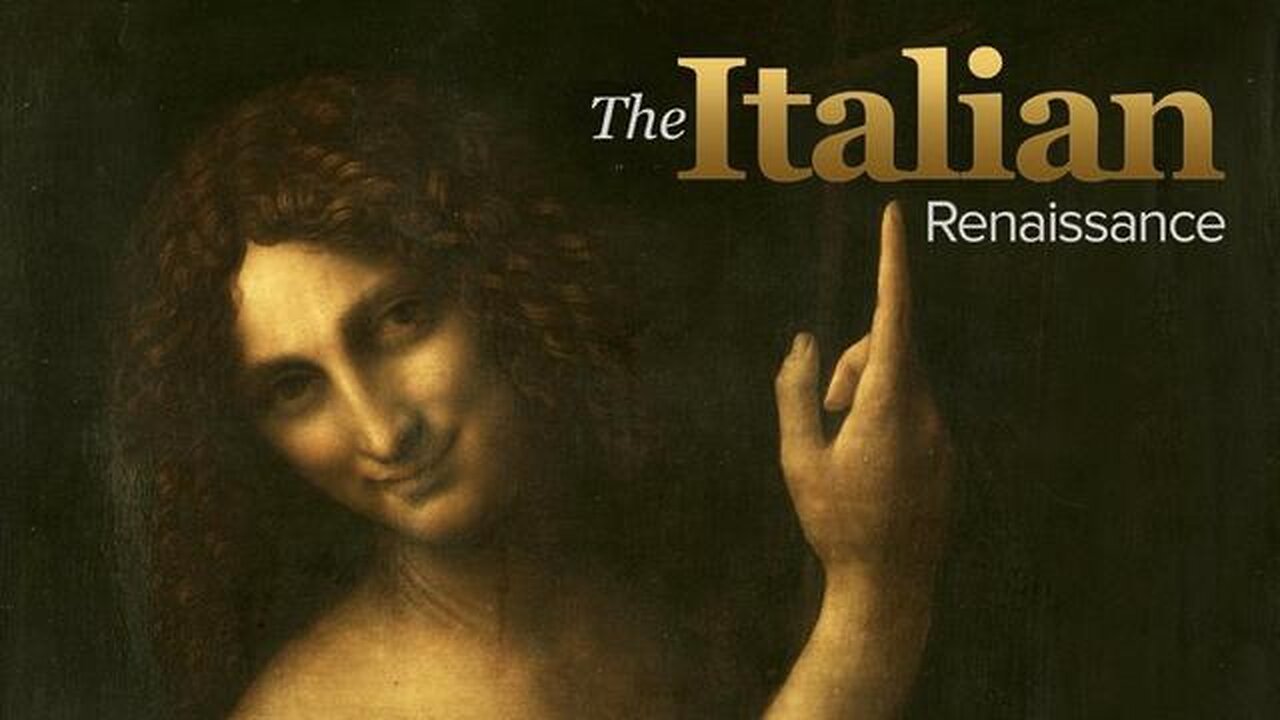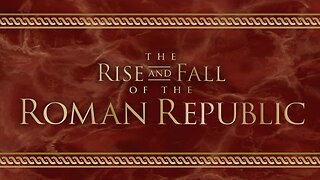Premium Only Content

The Italian Renaissance | The Counter-Reformation (Lecture 34)
Lecture 34: It was not just the foreign invasions of Italy or the loss of economic power that affected the later Italian Renaissance.
The revolt in the Church led by Martin Luther (1483−1546) from 1517 had a devastating impact. The Roman Church had seen itself as universal and confident and able to permit relative freedom of debate and belief. Only when the authority of the Church was attacked was there a strong response, as in the case of Savonarola. Luther’s revolt changed that, especially as Protestantism spread so quickly and effectively through the printed word. The Church lost millions of adherents and much revenue as a consequence, and the unity of Christian Europe was shattered forever. To combat this danger, the Church responded by tightening controls. The Roman Inquisition was established in 1542 to determine centrally what and who were orthodox or heretical.
In 1545, Paul III called a great council of the Church to meet at Trent whose purpose was to define doctrine and build discipline among Catholics; the council was to sit, with some interruptions, until 1563. As a consequence of Trent, the Index of Prohibited Books was created in 1559 to control what books were printed, read, and circulated, and the penalties for possession were severe. The claims of the reformers were also rejected and the authority of the Church and the papacy reinforced. The ultimate effect of these measures was to suppress open debate and original thinking. The principles that had stimulated the Renaissance initially were being overwhelmed by forces that demanded uniformity and obedience.
Primary Source Texts:
Ignatius Loyola, The Spiritual Exercises of Saint Ignatius.
Secondary Sources:
Gigliola Fragnito, Church, Censorship and Culture in Early Modern Italy.
J. W. O’Malley, The First Jesuits.
Supplementary Reading:
Eric Cochrane, ed., The Late Italian Renaissance, 1525−1630.
Lecture 35: https://rumble.com/v4ywgy9-the-italian-renaissance-the-end-of-the-renaissance-in-italy-lecture-35.html
-
 20:08
20:08
The Great Courses
3 days agoThe Rise And Fall Of The Roman Republic | The Ancient World Before Rome (Lecture 2)
100 -
 LIVE
LIVE
Benny Johnson
1 hour ago🚨WATCH: President Trump Declassifies JFK, RFK, MLK Files LIVE Right Now in Oval Office, History Now
10,869 watching -
 DVR
DVR
In The Litter Box w/ Jewels & Catturd
20 hours agoBorder Is Closed | In the Litter Box w/ Jewels & Catturd – Ep. 726 – 1/23/2025
9.04K8 -
 1:41:52
1:41:52
The Quartering
3 hours agoDemonic Visitors, ICE Raids Begin, Brett Cooper Drama, Trump Vs Woke Bank, MSM Helping Illegals!
44.5K15 -
 LIVE
LIVE
Barry Cunningham
1 hour agoWATCH LIVE: TRUMP DAILY BRIEFING - PETE HEGSETH CONFIRMATION & NEW OTDERS BY PRESIDENT TRUMP
1,791 watching -
 LIVE
LIVE
Bare Knuckle Fighting Championship
20 hours agoBKFC KNUCKLEMANIA V PHILADELPHIA PRESS CONFERENCE | LIVE!
273 watching -
 2:11:55
2:11:55
vivafrei
5 hours agoTrump is Making Some BAD Decisions! More mRNA "Vaccine" Tyranny? Jan. 6 Release UPDATES! & More!
36.3K118 -
 LIVE
LIVE
Darkhorse Podcast
3 hours agoThe 261st Evolutionary Lens with Bret Weinstein and Heather Heying
1,156 watching -
 56:14
56:14
LFA TV
4 hours agoDEMOCRATS ARE PRO DEATH - BORN ALIVE ACT | LIVE WITH HANNAH FAULKNER 1.23.25 3pm
5.94K2 -
 LIVE
LIVE
Scammer Payback
4 hours agoCalling Scammers Live
467 watching